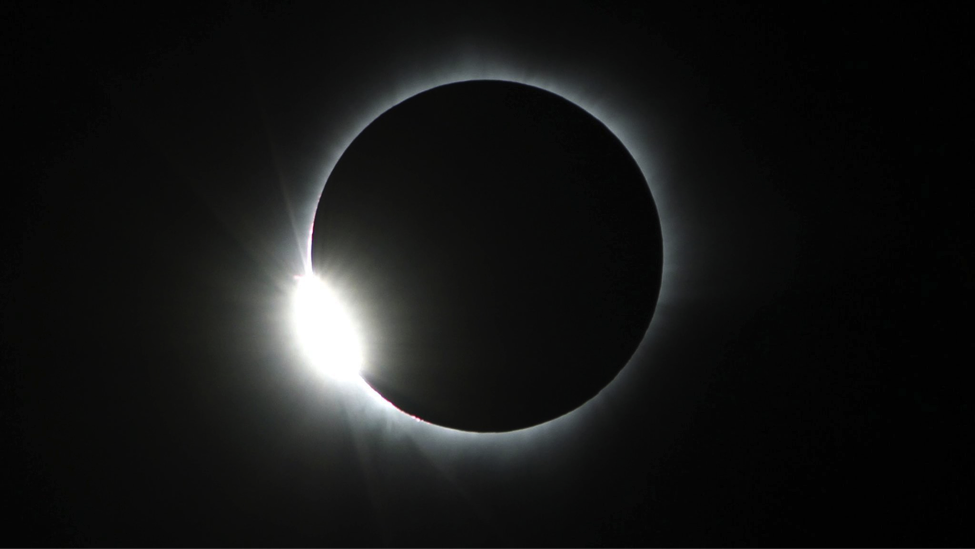On August 21st a total solar eclipse will stretch across the country. It will be visible in a band spanning from Oregon to South Carolina. You will be able to see the total solar eclipse in northeast corner of Georgia. Around the Atlanta area it will appear as a partial eclipse. A solar eclipse can be a breathtaking phenomenon, but certain precautions should be taken to keep your eyes safe. Here is everything you need to know about the eclipse and how to enjoy it without damaging your eyes.
What is a Total Solar Eclipse?
A total solar eclipse occurs when the moon blocks the sun in its entirety. This total solar eclipse will be visible across 14 states in the continental U.S.
When will it cross Georgia?
The shadow of the moon will first appear in Georgia at 2:34 pm EDT and will leave the state at 2:40 pm EDT. In other words, this once in a lifetime sight will not linger. The moon’s shadow will be moving at approximately 1,800 miles per hour.
Safety guidelines
Most of us were told from an early age not to stare directly at the sun and that advise holds true during a solar eclipse. Watching a solar eclipse with your naked eyes can cause permanent damage to your retinas. Sunglasses, no matter how dark, will not protect your eyes from this damage. Instead you will need a special-purpose solar filter, such as eclipse glasses.
Eclipse glasses generally look like 3D glasses. They have black lenses and are specifically designed for looking at the sun. Everything else will appear totally black.
You should proceed with caution when purchasing solar eclipse glasses. Not all companies that claim to be selling these glasses can be trusted. The American Astronomical Society, a partner of NASA, has only vouched for the eclipse glasses produced by the following five companies:
- American Paper Optics
- Rainbow Symphony
- TSE 17
- Thousand Oaks Optical
- Baader Planetarium
Furthermore, you should make sure your glasses meet the following criteria given by NASA
- Designated ISO 12312-2 international standard
- Manufacturer’s name and address printed somewhere on the product
- Do not use glasses that are older than three years or that have scratched or wrinkled lenses
There are some low-cost alternatives for viewing the eclipse that may be especially appealing to parents who want to do a science project with their children. One such alternative is the pin-hole viewer. This method simply requires a piece of paper, a pen, and a relatively smooth area of ground. The sun’s light will project through the hole in the paper as the moon passes across. Alternatively, you can turn an empty cereal box into an eclipse projector with just a piece of paper, tape, aluminum foil and a pen.
Additional Tips
- Do not look at the sun through your camera, telescope or any other optical devices while using your eclipse glasses, as the concentrated solar rays will damage the filter and enter your eyes, causing severe injury.
- You may be able to get pictures of the actual eclipse if you have a solar lens filter for your SRL camera.
- If a smartphone is your camera of choice, of if you do not have a solar lens filter, you should consider photographing the crescent shaped patches of light that will appear on the ground under the shade of a tree.
No matter what method you use to observe this celestial phenomenon, stay safe, be good to your eyes and enjoy!

